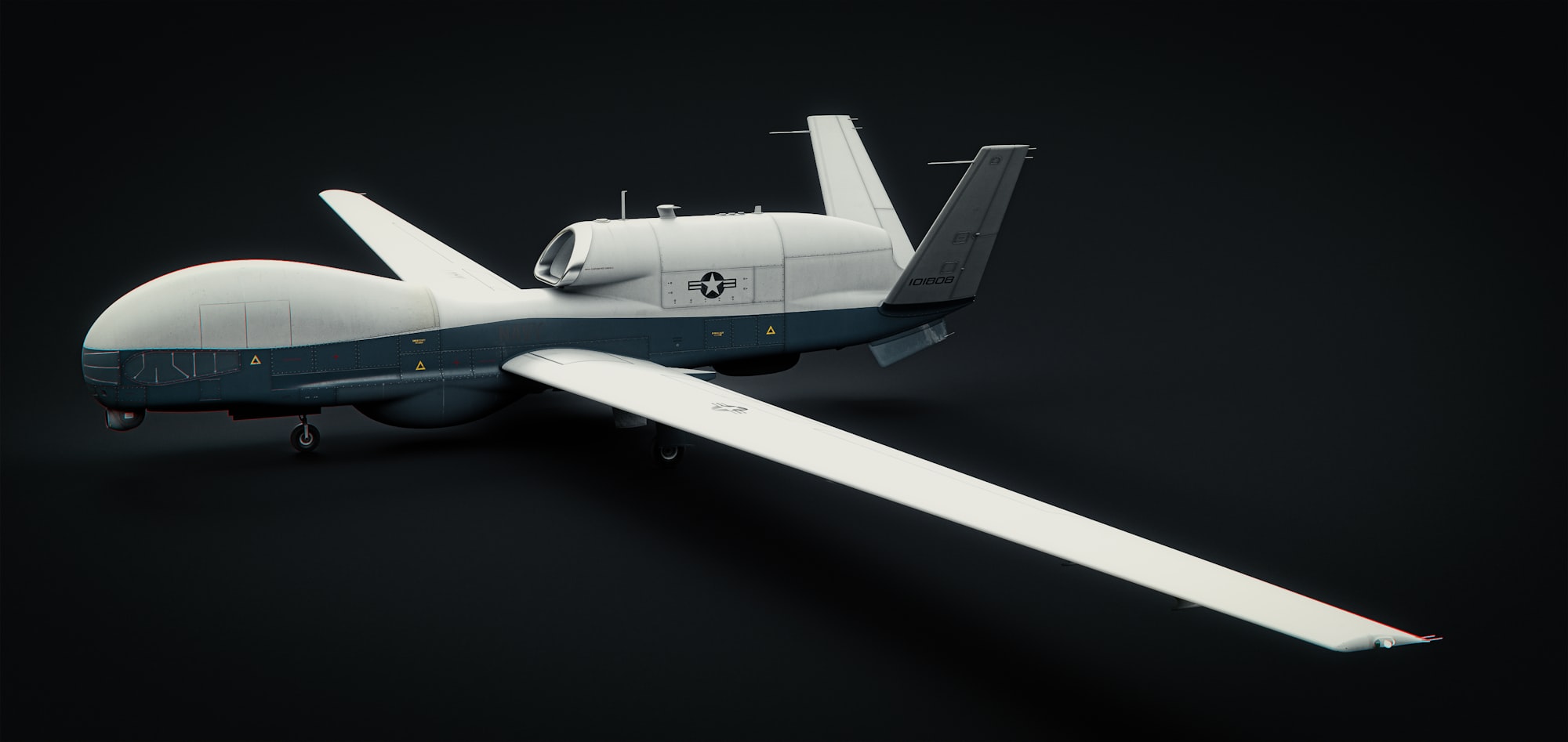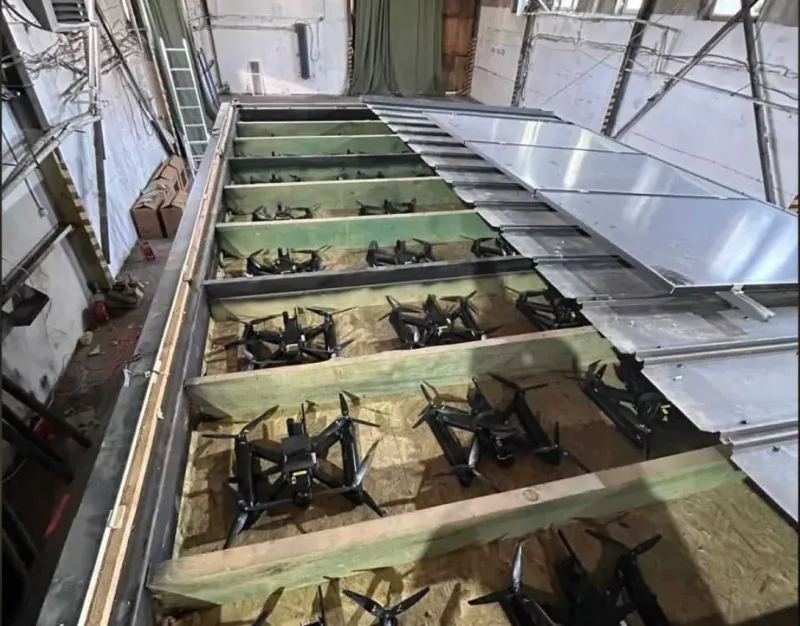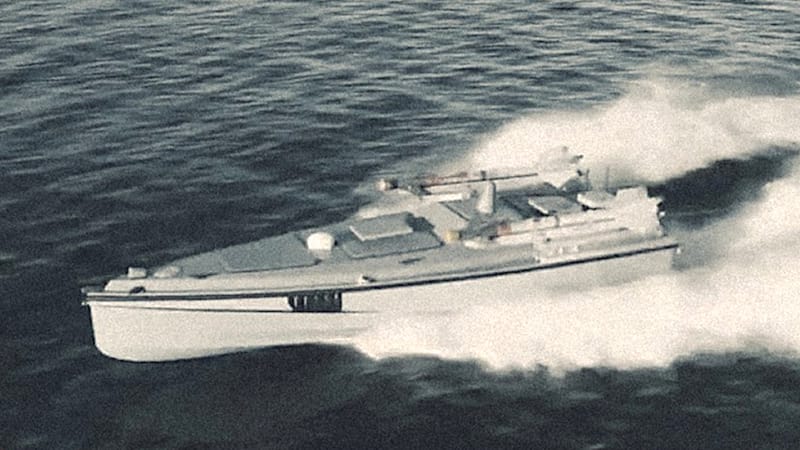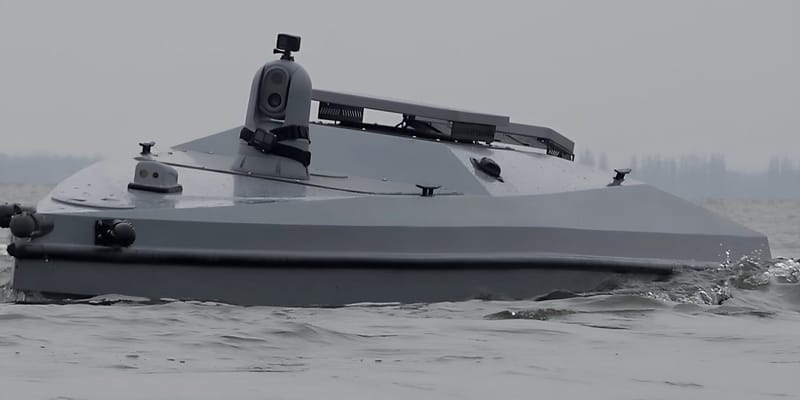TRV‑150 UAV and APKWS Integration: Tactical Precision from Multi-Rotor Platforms
TRV-150 UAV Launches APKWS in Historic Live-Fire Trial: BAE’s Multirotor Drone Achieves First UAV-Based Air-to-Air Strike
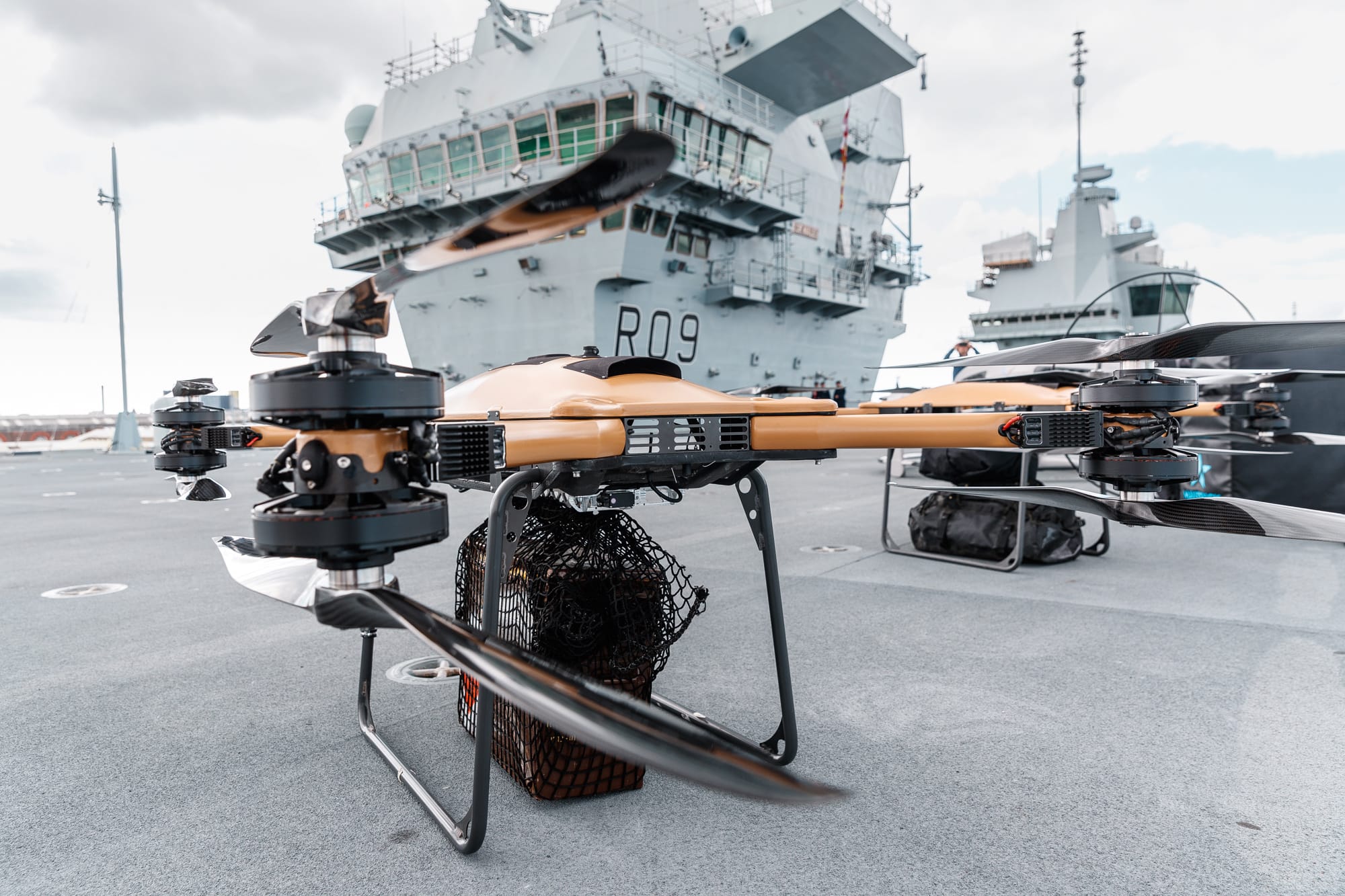
Executive Summary
On 17 July 2025, BAE Systems’ FalconWorks, in collaboration with BAE Systems Inc. and SURVICE Engineering, successfully conducted live-fire trials at Dugway Proving Ground, Utah. A TRV‑150 multi‑rotor UAV launched APKWS precision-guided munitions against both air and ground targets, achieving full mission success. This represents the first known UAV-launched air-to-air engagement with APKWS rockets (European Security & Defence).
System Lineage & Platform Overview
- Malloy T‑150: An octocopter-class UAV originally developed for heavy-lift logistics. Capable of transporting payloads up to ~68 kg over distances ranging from 8–45 km, the T‑150 is already in operational use with the US Marine Corps and UK Royal Navy (The Aviationist).
- TRV‑150: A modified, missionized version of the T‑150 developed by SURVICE Engineering to meet USMC tactical needs. The airframe retains modularity while enabling kinetic roles.
Sensor & Weapons Integration
- APKWS II: Converts standard 2.75″ (70 mm) Hydra-70 rockets into guided munitions via a Distributed Aperture Semi-Active Laser Seeker (DASALS). The seeker enables high-precision terminal guidance against laser-designated targets.
- Launcher Pod: Configured for multiple APKWS rockets. Trial configurations demonstrated at least one rocket per sortie, with integration space for up to three munitions.
- Guidance Chain: The system relies on external laser designation; however, integration of dual-mode infrared seekers is planned to improve autonomous targeting capability.
Performance Data & Trial Outcomes
- Target Profiles: TRV‑150 engaged both aerial (fixed-wing UAV surrogate) and terrestrial (truck-mounted) targets. All rockets scored direct hits with zero recorded misses.
- Rocket Specs: APKWS has a typical range of 1–5 km when launched from rotary-wing platforms; velocity exceeds 1,000 m/s, with sub-meter Circular Error Probable (CEP) in optimal conditions.
- Cost Efficiency: APKWS units are priced at approximately $22,000 per rocket, presenting a cost-effective alternative to AIM-120 or Patriot-class interceptors for lower-tier threats (The Defense Post).
Doctrine & Operational Relevance
- Force Projection: Enables tactical units to deliver precision fires without dedicated artillery or air support. Valuable for expeditionary, amphibious, or dispersed operations (Janes).
- Modular Design: Strike module is modular and can be removed to revert the platform to logistics or ISR configurations in under an hour (Reuters).
- Automation Prospects: Future integration with autonomous targeting and swarm-enabled control systems is under evaluation for point-defense and kinetic C-UAS roles.
Comparative Systems
- Martlet-equipped VTOLs (UK): Systems such as the “Jackal” UAV have trialed Martlet Light Multirole Missiles in a similar VTOL context, though with emphasis on naval and light-armor threat sets.
- L3Harris VAMPIRE: A ground-based solution using APKWS for C-UAS and low-altitude intercept missions. Unlike the TRV‑150, VAMPIRE lacks organic mobility and vertical attack geometry.
Export & Industrial Context
- BAE Acquisition of Malloy: The 2024 acquisition of Malloy Aeronautics by BAE Systems secured domestic UAV design and production capacity for NATO and Five Eyes markets.
- Export Demand: Positive reception from US, UK, and allied clients suggests a near-term production scaling to meet operational needs stemming from Ukraine and Middle East conflict zones.
Capability Outlook
The TRV‑150/APKWS pairing represents a doctrinally significant evolution in lightweight precision strike capability. Its modularity, affordability, and VTOL delivery platform offer responsive kinetic options for tactical commanders in austere theaters. With future enhancements in autonomy and seeker fusion, the system may serve as a scalable complement to manned aviation, air defense, and distributed fires architectures.
